De Leest opened in August 2002, and is run by a married couple: Kim Veldman is sommelier and Jacob Jan Boerma the head chef. The chef had trained at a number of establishments in Belgium and Germany before becoming head chef of De Nederlanden, gaining a second Michelin star for it. At his own restaurant De Leest he gained a Michelin star in 2003, a second in 2007 and a third star in the 2014 guide.
De Leest is in the village of Vaassen, 59 miles (95km) from Amsterdam, situated between Zwolle and Apeldoorn, which are both served by direct trains from Amsterdam and also Schipol airport (around one hour and ten minutes by train).
The L shaped dining room is simply decorated, with large, well-spaced tables. There was a five course tasting menu "flora and fauna" for €110 (£90), which is what we tried, as well as a full a la carte selection and a surprise menu at €145. The chef has his own garden where many of the vegetables and herbs used at dinner were grown.
The wine list was extensive and featured good growers from around the world. We drank a very enjoyable Donnhoff Riesling Trocken 2011 at €67 for a wine that retails at around €18, and the lovely Guigal Hermitage 2005 at €148 for a wine that you can find in a shop for about €62. The list had better value the higher up the list you went e.g. Louis Carillon 2007 Bienvenue Batard Montrachet was €299 and yet would actually set you back rather more than this at current market prices. For those with the means, the 2006 Leflaive Le Montrachet at €2,475 was a relative bargain at barely half its current retail price.
An array of nibbles began with a macaroon of mushroom and truffle, which was nicely made and had a distinct mushroom flavour (17/20). Sesame cracker with pickled and dried Holstein beef, sweet and sour vegetables, tapenade and cream of basil was very enjoyable, the cracker delicate and the pickles lifting the flavour of the beef (18/20). Steak tartare with yuzu was also very good, the seasoning accurate (17/20). Then came a mousse of duck liver with marinated beetroot and griotte cherries. This was an interesting and well balanced dish, the cherries having enough acidity to cut through the richness of the liver (18/20).
The sequence of amuse-bouches continued with avocado in three forms: tempura, a salad and as a jelly. This was pleasant but hard to get excited about, the tempura not a version that would get much acclaim in Japan (16/20). Dorade, oyster "pearls" with a vinaigrette was again decent but not memorable (15/20). At this point the bread arrived, white rolls that are baked from scratch in the kitchen twice a day. These were clearly freshly made and had nice texture (17/20). A last nibble was crab salad with apple, couscous and pumpkin, the crab sweet and the tartness of the apple nicely balancing the pumpkin (17/20).
The formal meal began with tartare of marinated mackerel, caviar, spring vegetables (including white and green asparagus), herbs, chicory and a lime vinaigrette. The mackerel was of good quality, and the lime not too strong and providing some freshness to the dish (17/20). Lobster with broad beans, peas, fennel salad, pesto, turnip and Harissa was a step up, the lobster very tender and having good flavour, the peas and broad beans excellent, the Harissa flavour subtle (18/20).
Turbot cooked on one side only came with chicory, celeriac, mushroom cannelloni, cumbana and a lightly curried sauce with yuzu. The turbot had excellent flavour, the celeriac provided an earthy counterpoint to the fish, the curry flavour carefully controlled and the yuzu was just enough to lift the dish without dominating it (19/20).
Pigeon from Anjou was prepared with carrots, herbs, lovage, morels and a curry sauce. The pigeon was cooked rare and had plenty of flavour, the carrots good, and the curry element in the sauce was subtle, indeed a little too subtle to my taste (17/20).
A sequence of desserts began with blood orange, campari and rose; the orange flavour came through well and was not overwhelmed by the Campari (16/20). Mandarin with white chocolate, lime and slow cooked pineapple was pleasant, though nothing about this really lifted it beyond that (16/20). Strawberry and basil with Ras el hanout (north African spice mix) was the least successful of the desserts for me, the basil actually fine but the strawberries quite mushy in texture and lacking flavour (14/20). A concoction of Amarula (a South African cream liqueur), coconut, pistachio and almonds with white chocolate a little disc flavoured with coffee was pleasant enough, though in this case the almond flavour rather dominated (15/20). Lemon and jasmine sponge with a jelly of aloe vera (a succulent plant) and a buttermilk sorbet was just odd, the aloe vera a peculiar flavour to have in a dessert; it should be confined to its more common use in face cream in my view (12/20). Compote of mango was better, served with passion fruit ice cream and a delicate tuile (17/20). Finally, rhubarb mousse, compote and ice cream had a slightly metallic taste, and oddly the normally robust taste of rhubarb was very indistinct, the dish simply lacking enough flavour (barely 14/20).
Coffee, from a Nespresso machine, was actually very nice, as well it might be at an extortionate €9.50 (£8). It did at least come with a selection of good petit fours, including excellent lime jelly, chocolate and a nice financier. Indeed the high standard of the petit fours made the generally uninspiring sequence of desserts even harder to understand. One eccentricity that they would be advised to drop was that each dessert came in sequence but no fresh cutlery was provided, meaning that a taste of the previous dish inevitably merged into the next. Unless there is a chronic shortage of kitchen porters in this part of the Netherlands, it would not seem too much to ask to get fresh cutlery with each dish. This oddity aside, service was otherwise excellent, the dish arriving at a steady pace and topping up of drinks unobtrusive. The bill came to €584 for three, which works out at £160 a head, including some nice wine. If you went a la carte and shared a bottle of modest wine then a typical bill might be around £140 a head.
Overall this was a very enjoyable meal, with the turbot in particular an impressive dish, and the prices were not excessive, especially compared to somewhere like Paris. On the basis of this experience I cannot say that I understand why Michelin elevated this to three stars, and on talking to my local dining companions who have eaten here many times, the cooking has apparently not changed significantly in style or level recently. However, this is an issue for Michelin rather than the restaurant. Desserts aside, this seemed to me a capable two star level meal, with the turbot dish showing that there is some real talent in the kitchen.

























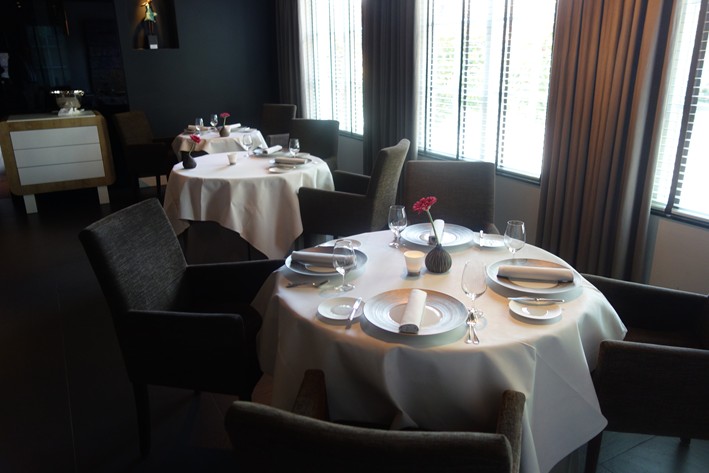
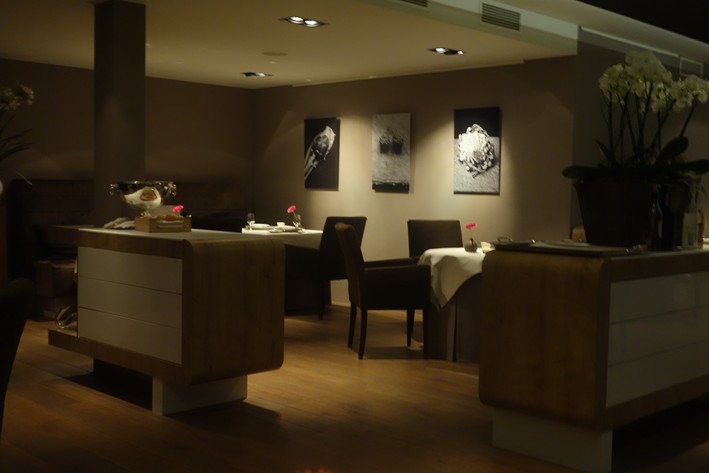
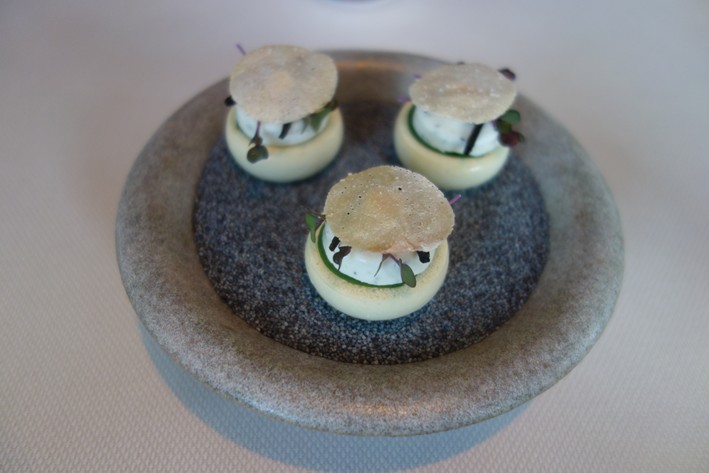

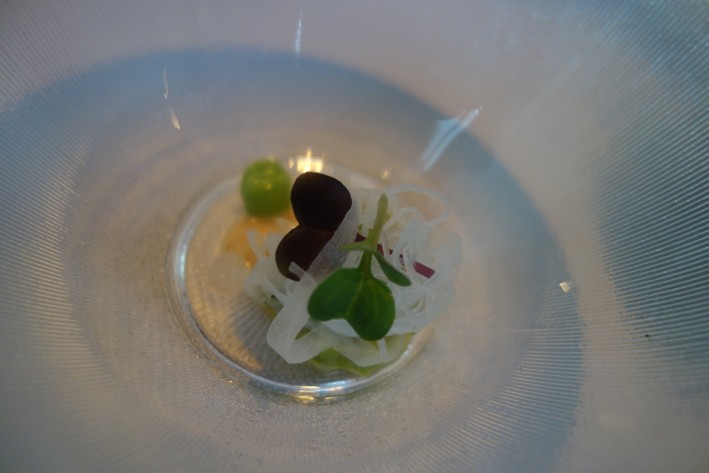
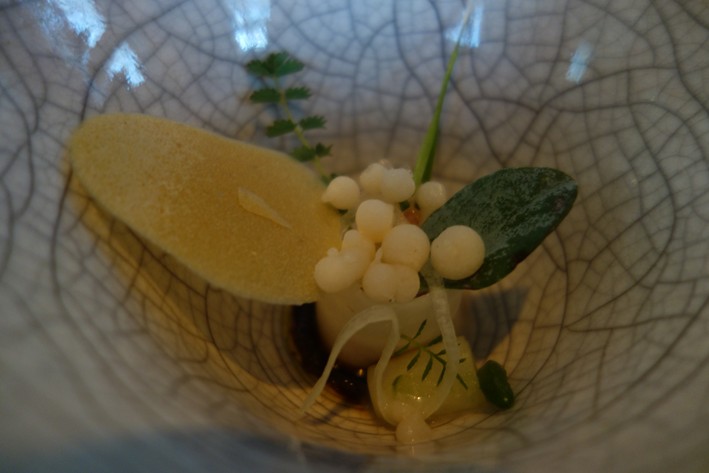

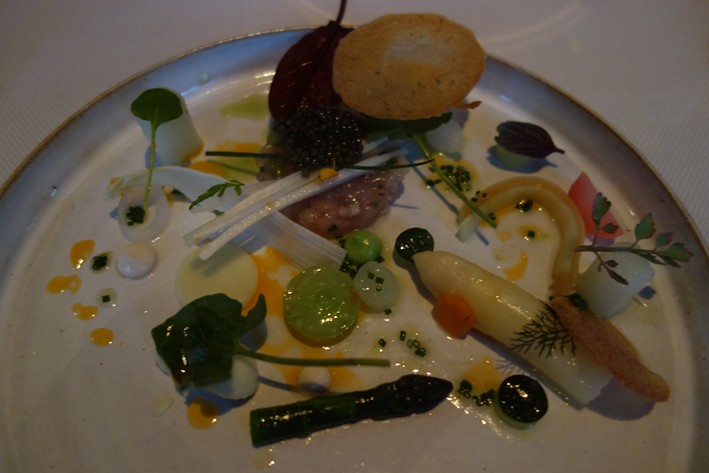
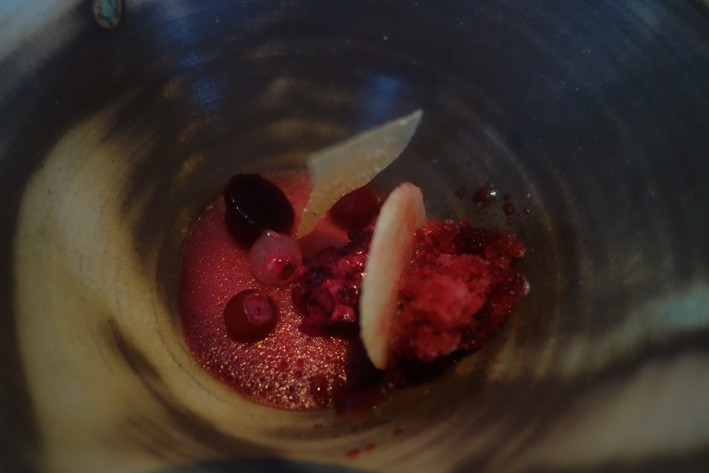
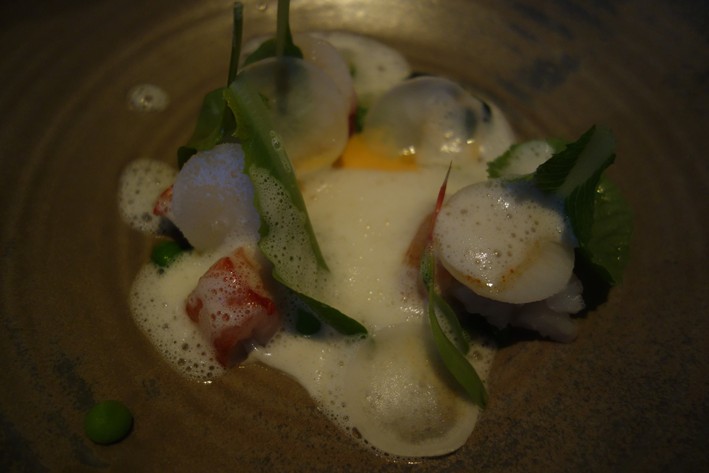
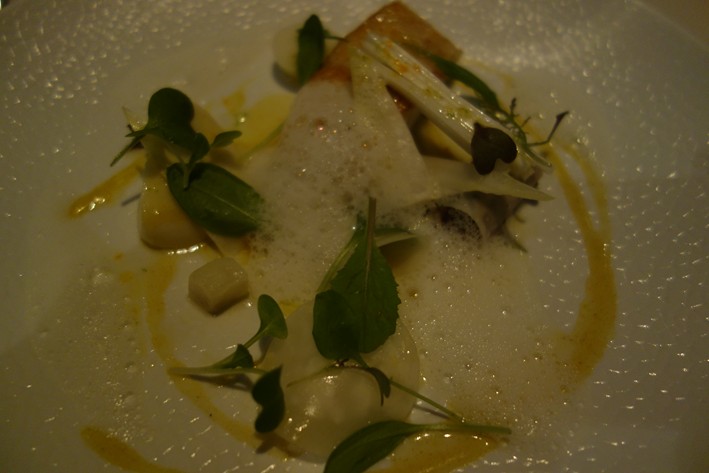
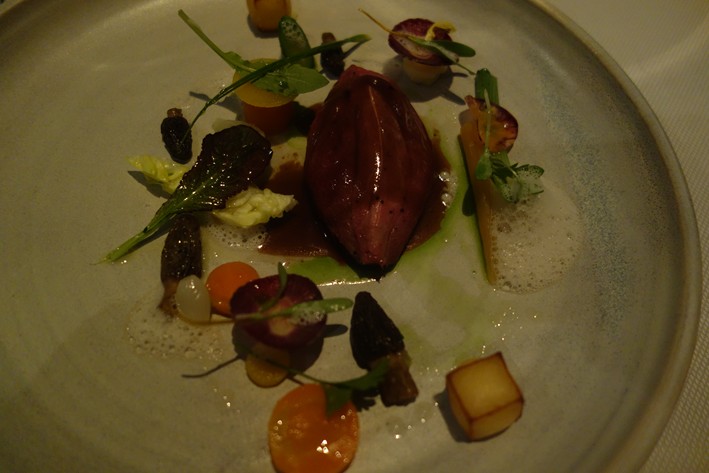
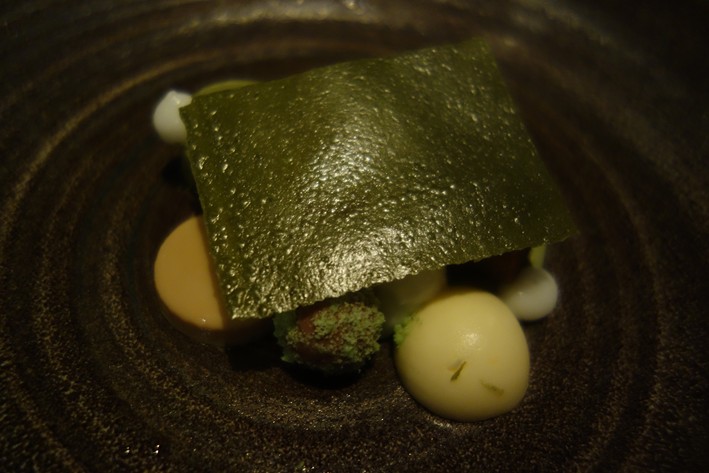



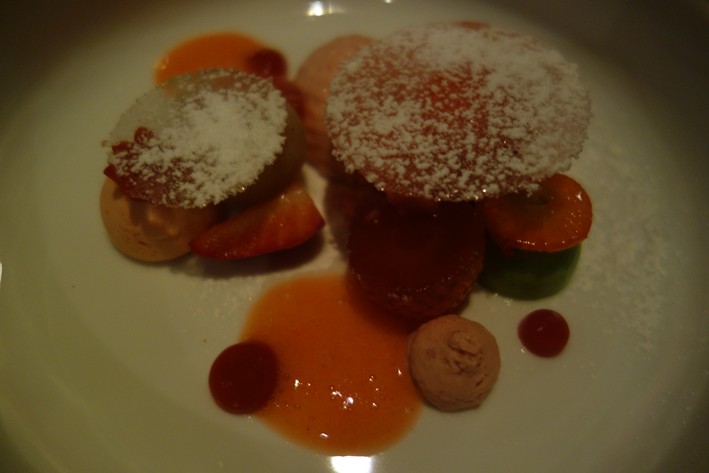


Add a comment
Thank you for submitting your comment, this will be checked and added to the website very soon.
User comments